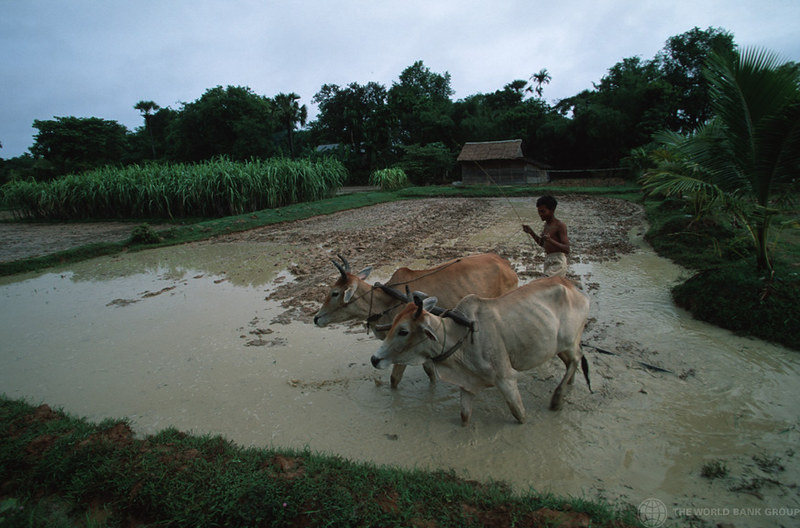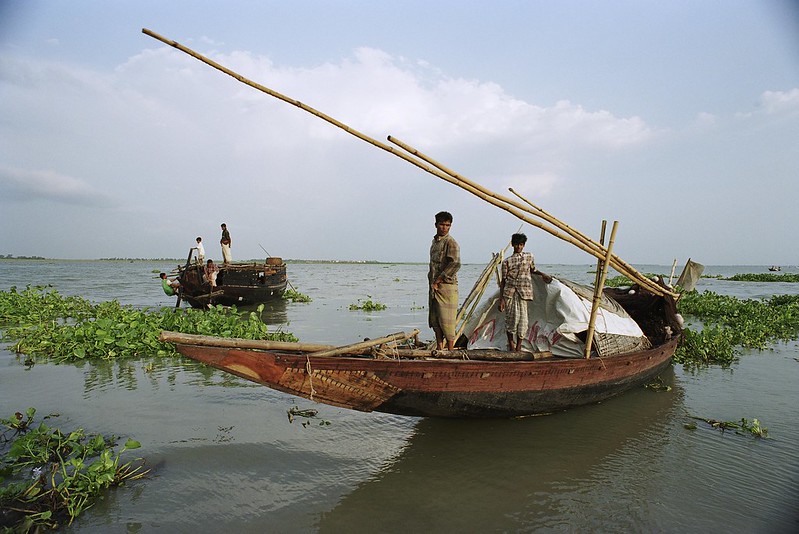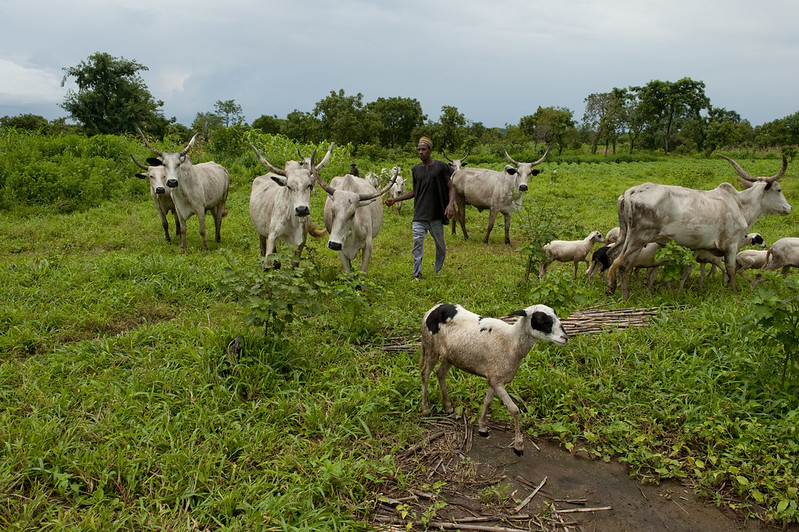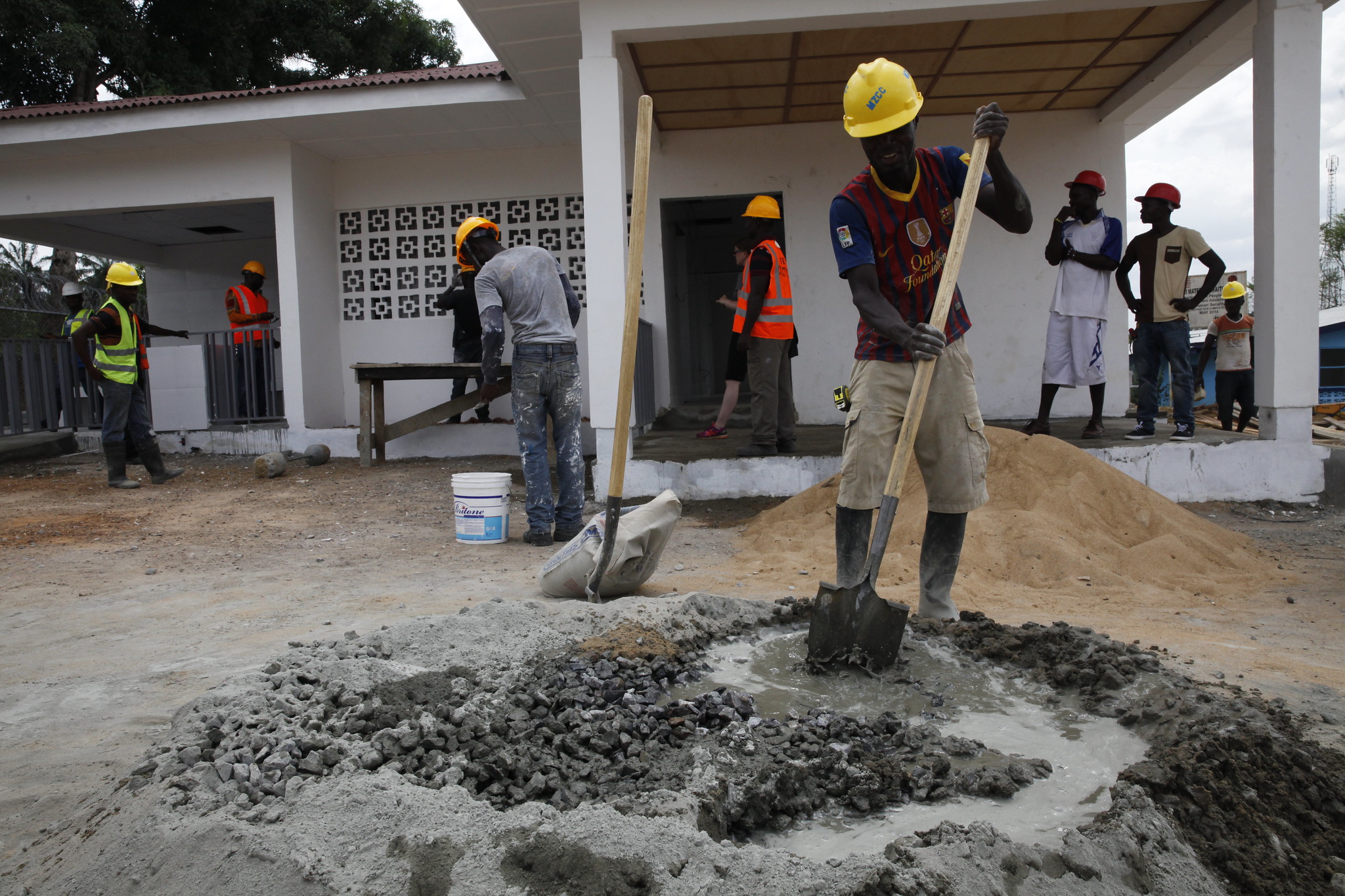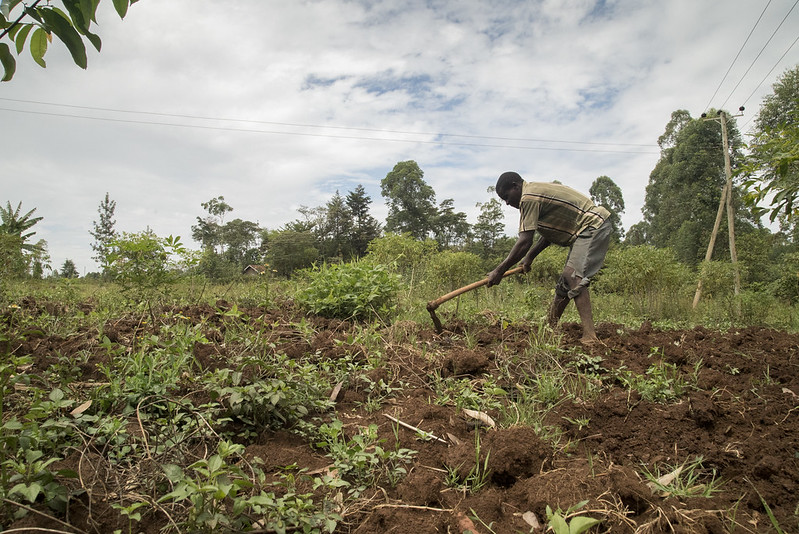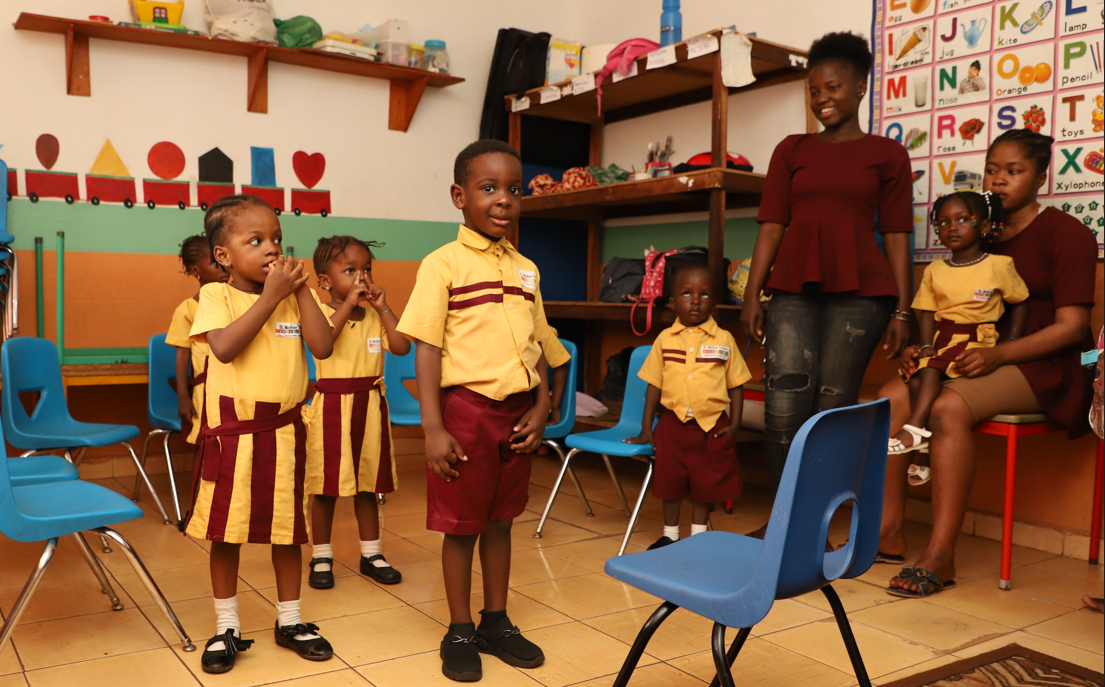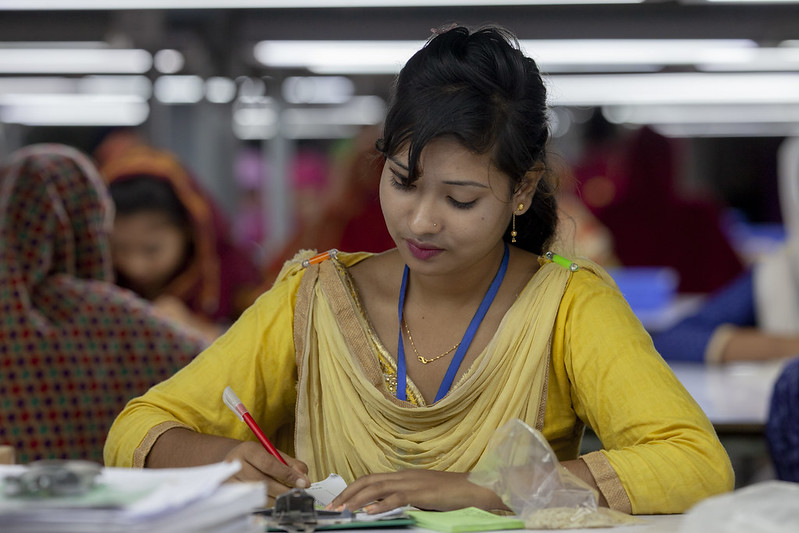#12 Greening with jobs: Protecting Cambodia’s forests through sustainable work
Photo: Masaru Goto / World Bank Raian Divanbeigi, Werner Kornexl, Maho Hatayama Cambodia’s Cardamom Mountains-Tonle Sap landscape draws tourists from around the world and generates forest products such as rattan, resin, bamboo, and cardamon that can provide sustainable jobs and income for local communities. By investing in this protected area, the World Bank’s Cambodia…
Details
